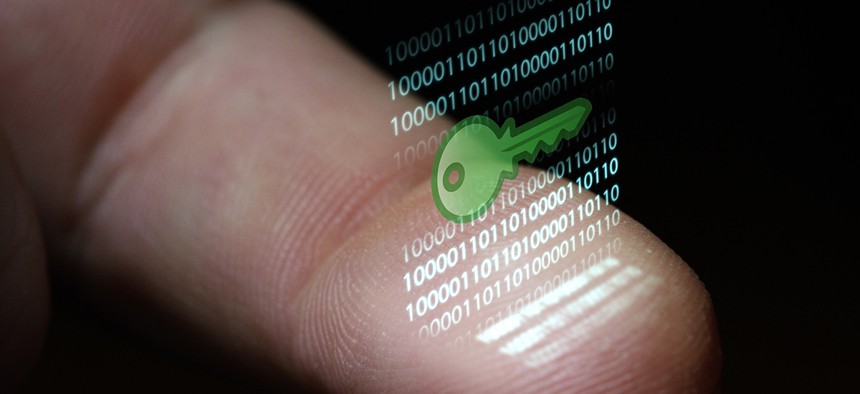DHS Needs Someone to Explain Biometrics to the Public

HQuality/Shutterstock.com
The department wants a communications professional to manage rhetoric about collecting fingerprints, iris scans and facial images.
The Homeland Security Department wants to preempt any biometric-related PR disasters by hiring communications professionals to handle the topic.
DHS is gathering information about professional communications services for its Office of Biometric Identity Management, which houses the largest biometrics repository in the federal government, according to a recent request for information. OBIM replaced United States Visitor and Immigration Status Indicator Technology program, known as US-VISIT.
OBIM's database allows DHS to compare travelers’ fingerprints, iris scans and other physical markers to those of suspected terrorists and criminals. As a result, OBIM needs a communications strategy that “address[es] the potential risks and concerns the public may have regarding the collection and use of biometrics within the government," the RFI said.
» Get the best federal technology news and ideas delivered right to your inbox. Sign up here.
“Given the public’s general fear that the government collects too much information on individuals, there may be limited understanding of the purpose for biometric collection and utilization,” the posting said. There are many opportunities to “assure the public that OBIM will use biometric information for the purposes of identifying known or suspected terrorists, criminals, and immigration violators.”
The communications professionals would need to present OBIM as an industry leader in biometrics collection and analysis and as a “pioneer to shape the landscape and perception of biometrics.” Raising the public's awareness about cutting-edge biometric data collection and the extent to which its data might be used is especially important today, with “increasing visibility and urgency placed on protecting the nation's infrastructure,” the RFI said.
The communications team might also need to disseminate information about identity standards and biometrics collection protocols in an “engaging and easily digestible manner,” the RFI said.
Initially, the communications efforts would focus on two main systems: the Automated Biometric Identification System, or IDENT, which currently stores biographical information for people related to national security, immigration and intelligence concerns, as well as employment-related background checks; and Homeland Advanced Recognition Technology, the plan for the replacement for that system.
NEXT STORY: House panel nudges Trump over IGs


